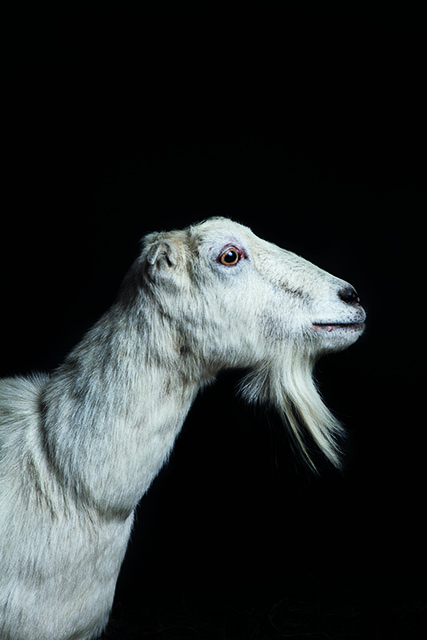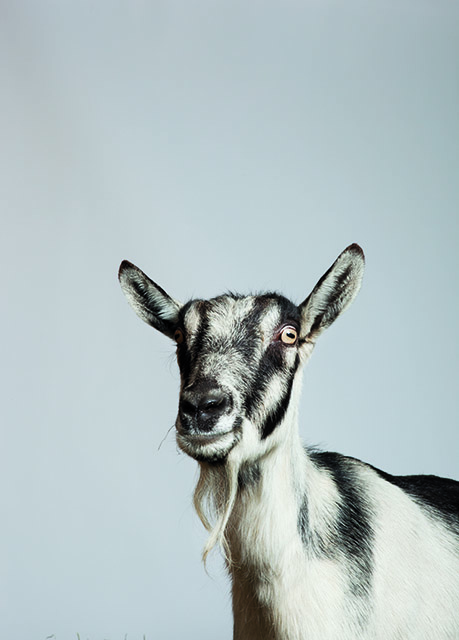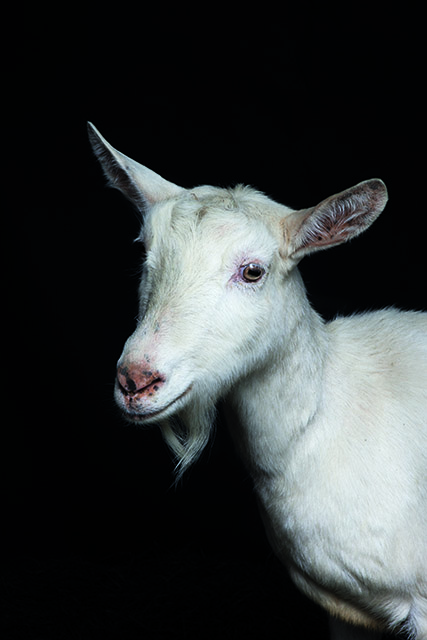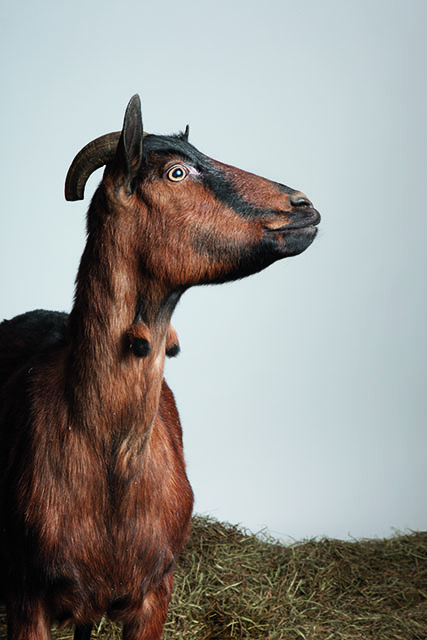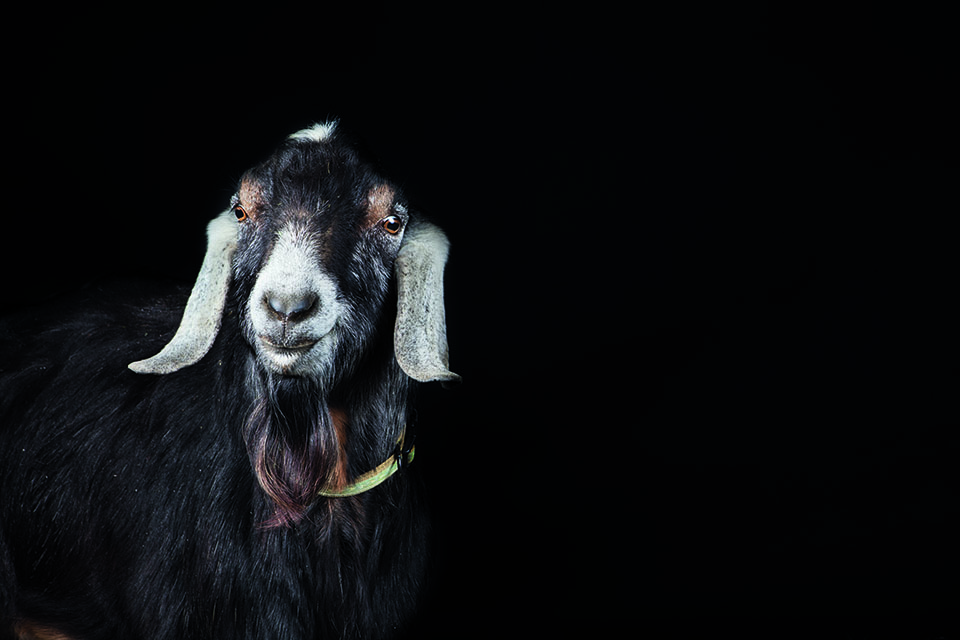Which goat is right for you?
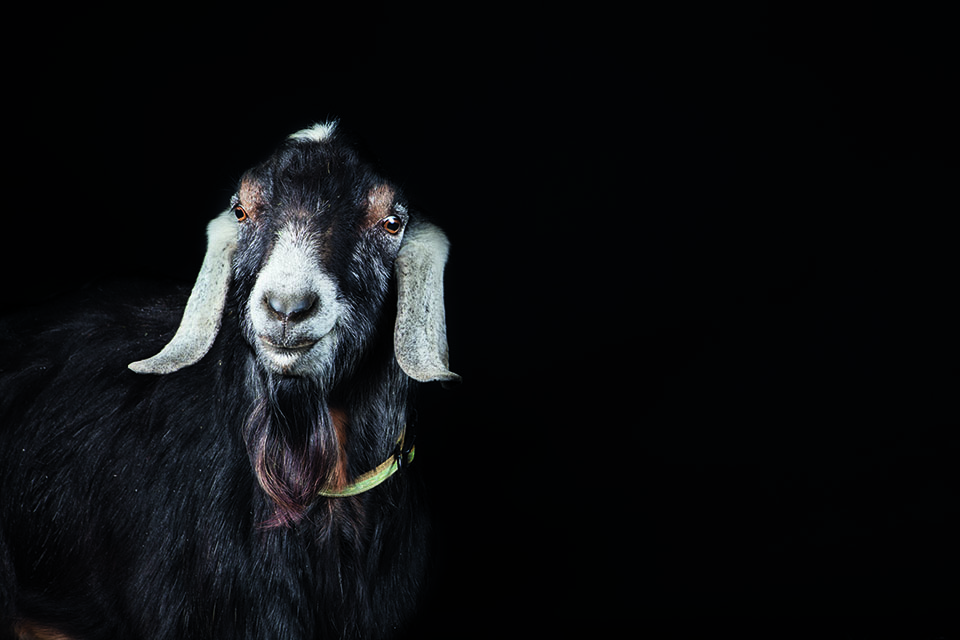
Though goats will happily clear land of blackberry brambles and poison-ivy vines (with no negative side effects), you’ll want to augment such a wild diet with concentrated feed (Coyote Creek Farm makes an organic version; visit coyotecreekfarms.org for stores). Lactating does should get 2 to 3 pounds of feed per gallon of milk produced each day, and all goats should always have access to timothy or orchard-grass hay and specifically formulated mineral supplements (available at most farm supply stores). Rinse and refill water containers daily, disinfecting them once a week. These personality-packed mammals will also welcome a treat of fruit or vegetable scraps.
Plan on a minimum of 220 square feet of land and 25 square feet of ventilated shelter (such as a barn with windows) per goat. Enclose the outdoor area with fencing that’s a minimum of 4 feet tall (these babies can leap), and kit out the shelter with fresh straw bedding once or twice a week. Trim the goats’ hooves every six weeks or so, and administer CDT vaccines for protection against tetanus and pulpy kidney disease (enterotoxemia).
To state the obvious, only females provide milk: 8 to 10 months a year, until “retirement” around age 10. Many small dairy farms looking to breed their animals will “rent” a billy for the night. Does come into estrus as summer turns to fall, and remain fertile for 9 to 72 hours on a 21-day cycle through January. Once a doe gives birth – usually to two kids, following a five-month gestation period – let the babies suckle for the first two weeks before you start milking. After that, the mothers should provide enough for their youngsters, plus up to a gallon a day for you. Maintain a separate “milking parlor” for utmost sanitation, and keep udder balm on hand for chapped teats.
As for which breeds are best for milking, it depends on your end goal. If that’s cheese or caramels, butterfat content matters most. For just plain milk, productivity takes top priority. Some farmers start with purebreds (find breeders near you at goatfinder.com) and develop their own lines over time.
[mf_h2 align=”left” transform=”uppercase”]How to Choose the Best Breeds for You[/mf_h2]
[mf_h2 align=”center” transform=”uppercase”]Toggenburg[/mf_h2]
Milk production: Mid-range
Butterfat content: Low
Origin: Switzerland
Personality: Friendly and gentle, but can be spirited
[mf_h2 align=”center” transform=”uppercase”]LaMancha[/mf_h2]
Milk production: Mid-range
Butterfat content: High
Origin: United States
Personality: Calm and affectionate
[mf_h2 align=”center” transform=”uppercase”]Alpine[/mf_h2]
Milk production: High
Butterfat content: Low
Origin: French Alps
Personality: Curious, friendly, and independent
[mf_h2 align=”center” transform=”uppercase”]Saanen[/mf_h2]
Milk production: High
Butterfat content: Low
Origin: Switzerland
Personality: Easygoing and quiet
[mf_h2 align=”center” transform=”uppercase”]Oberhasli[/mf_h2]
Milk production: Mid-range
Butterfat content: Mid-range
Origin: Switzerland
Personality: Generally gentle but can be pushy with each other
[mf_h2 align=”center” transform=”uppercase”]Nubian[/mf_h2]
Milk production: Low
Butterfat content: High
Origin: Africa and India
Personality: Social but somewhat stubborn

